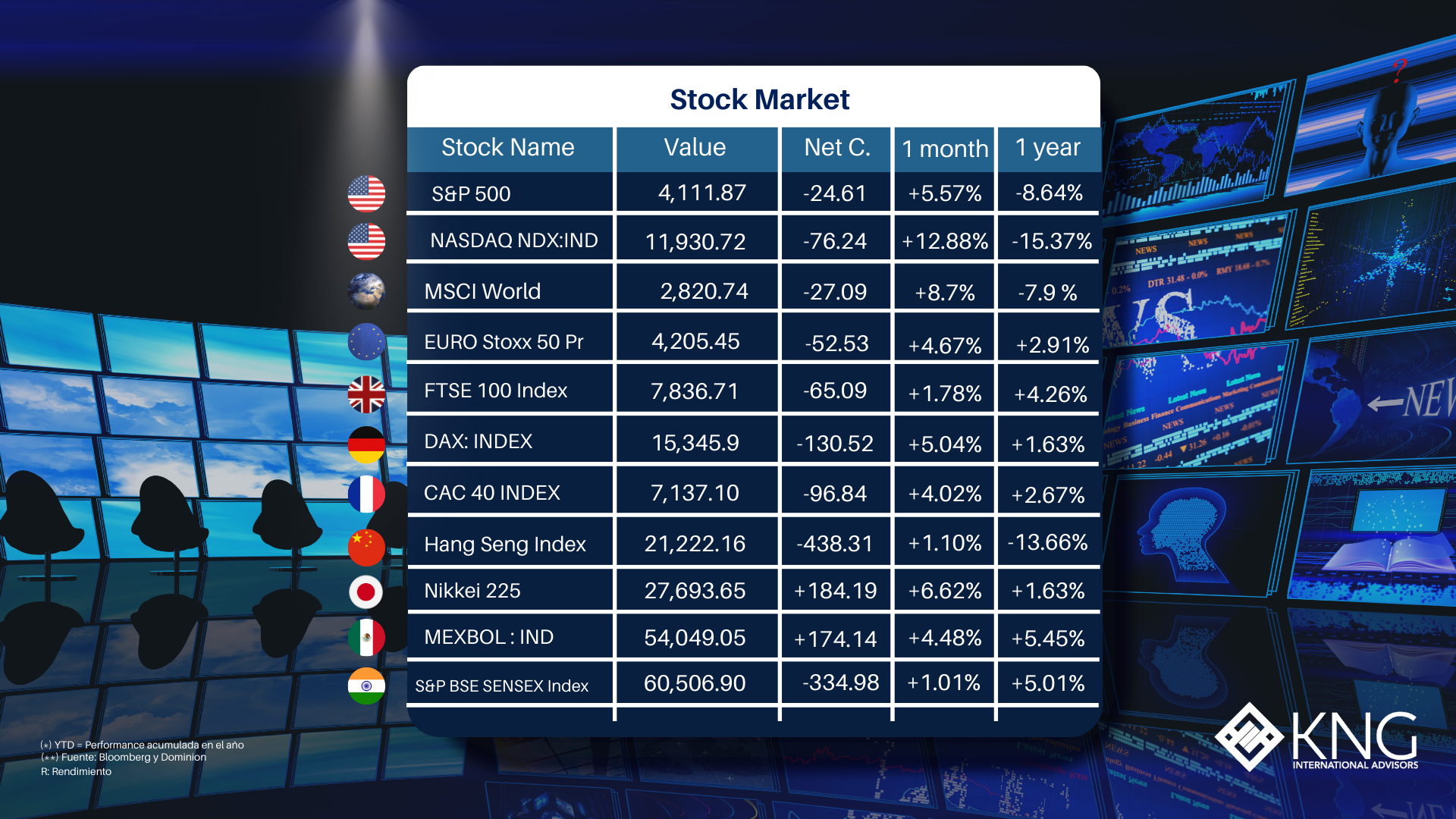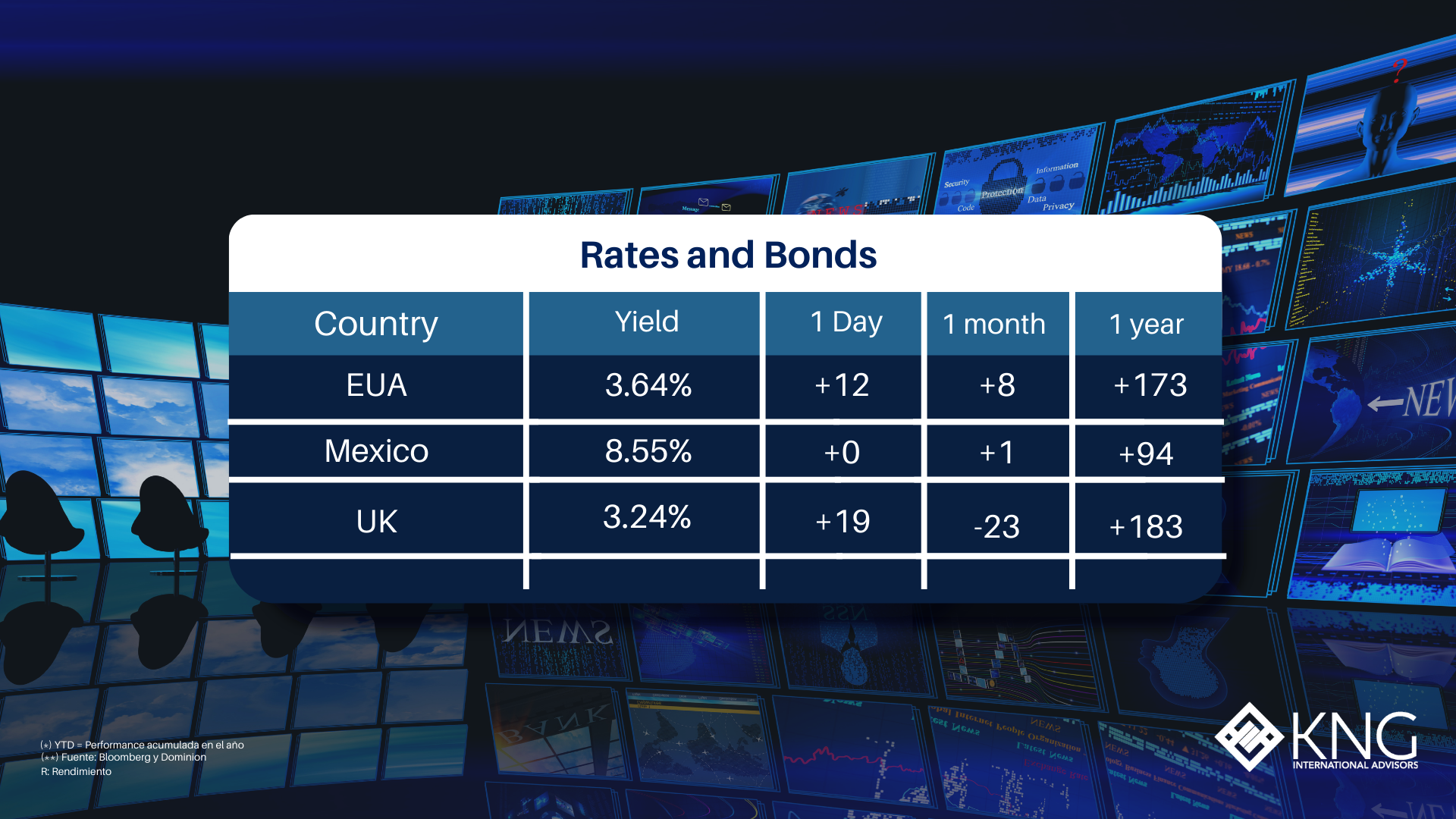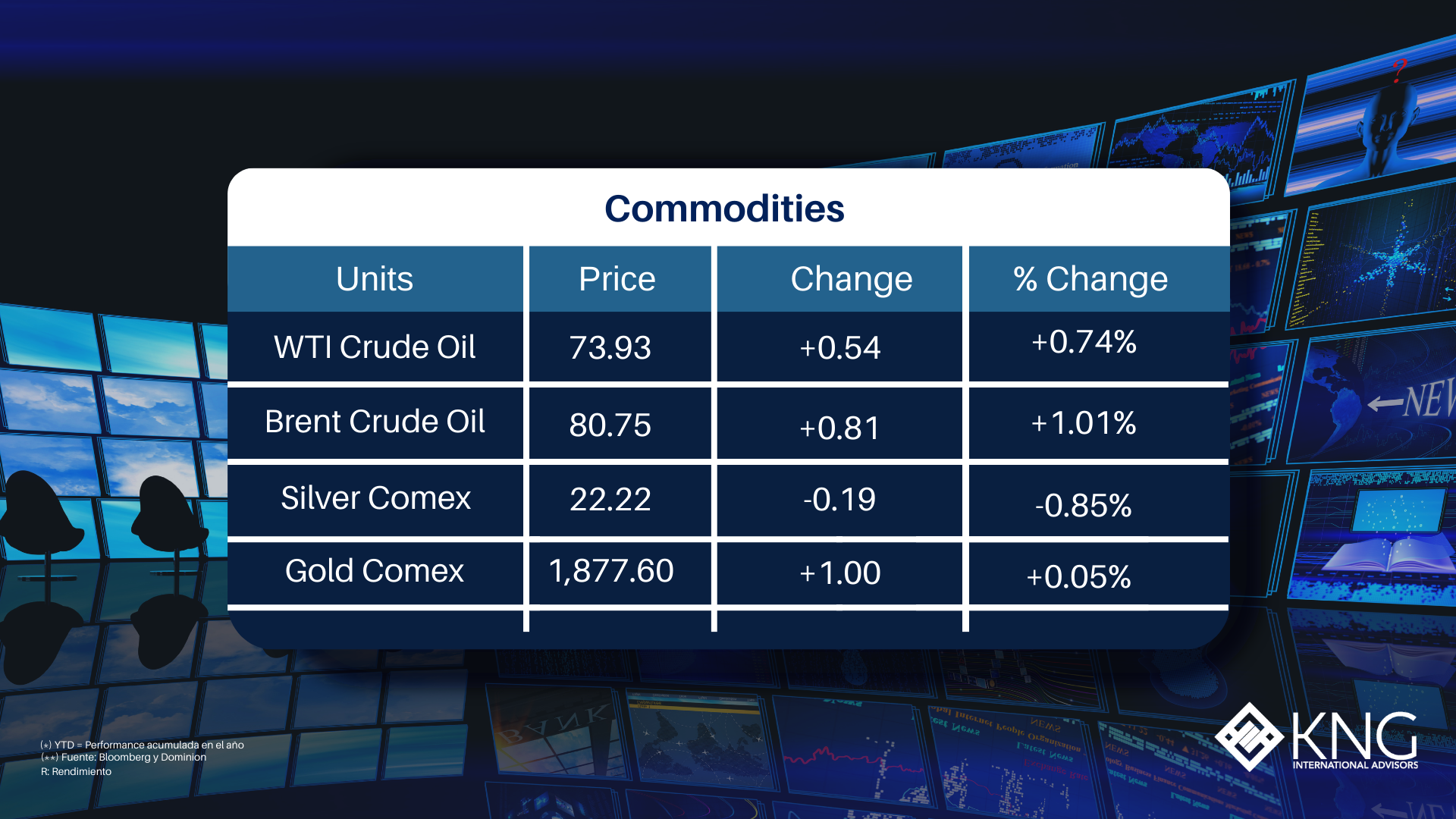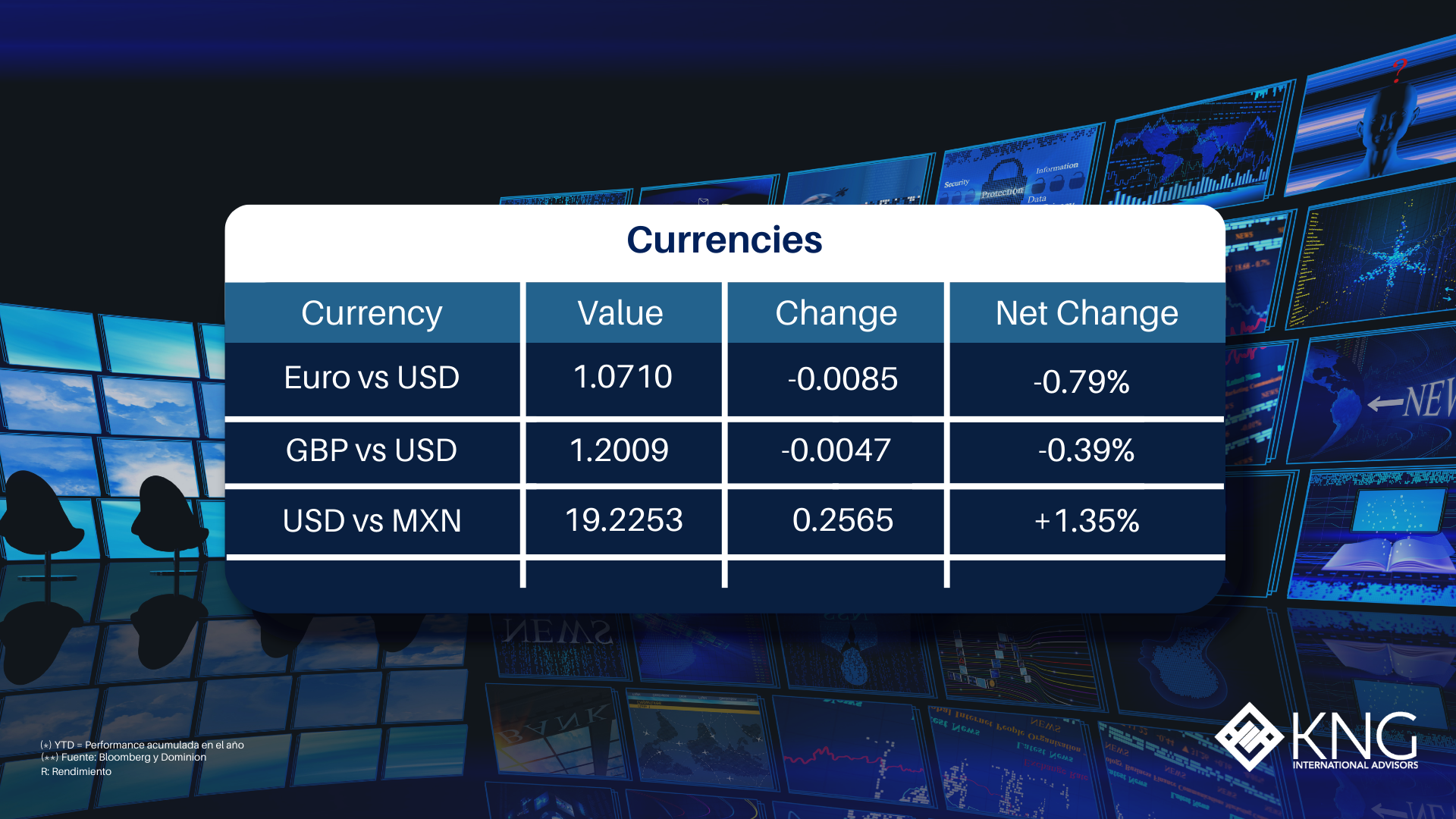Monday 2nd of February 2023
Listen to this financial market update by playing this audio...




Markets are going up ...
As of Friday morning, equity markets over the past week have jumped sharply. S&P 500 is close to its highest levels in 6 months and is now +17% up from its lows in October. It is easy as an investor to submit to market sentiment shifts like this, especially when they happen quickly.
The ‘fear of missing out’, or ‘FOMO’, is a powerful force in explaining global capital flows during periods like this. Just as a severe downturn in equity markets can result in widespread fear among market participants, which itself feeds back into the decline in prices, the opposite can also be true. A sharp move up in prices can start to feed itself, as market participants extrapolate the recent price moves and improved sentiment out into the future. The simple act of prices moving up itself feeds more positive sentiment, which leads to more buying and even higher prices. Nobody wants to be left out of the rally.
When prices move like this, an obvious question to ask is: why? Or better yet…
What are these prices reflecting in terms of expectations for the future?
Markets look forward. That means that the price of a liquid financial asset you see today, say for example, the stock price of a technology company, or the price of a government bond, those prices reflect market expectations for the future. If expectations improve, i.e., they become more optimistic about the future, all else equal, the price of the asset should rise. And the opposite is true too, if expectations deteriorate, all else equal, the price of the asset should fall. A sharp rise in prices of risk assets, as we have experienced since October, reflects improved expectations for the future.
This is what is meant when people talk about ‘what the market is pricing.’ What version of the future is implied by the current prices of stocks, bonds, etc.
Sometimes, those expectations for the future (bullish or bearish) can diverge from reality. The collective expectations for the future in January 2022 were overly optimistic relative to what actually happened. Reality caught up with market prices, and reality usually wins in the end. The collective realisation by market participants that the expected outcome (reflected in asset prices) is different to the realised outcome, can result in sharp changes in prices. This is often the fundamental underlying driver of sharp moves up or down in markets.
If we look at markets today, what are they pricing in?
Let’s start with equity markets. Last year saw a sharp decline in developed world equity prices, led by the US, as the economic reality of 2022 (higher inflation, slowing economy, raised geopolitical risk) triggered a negative change in expectations and thus in stock prices. The recent rally in stock prices implies an improvement in outlook. In other words, equity markets are telling us that talk of recession is premature, meanwhile risks of inflation and higher interest rates are now less of a concern.
Bond markets, meanwhile, are telling a somewhat different story. The shape of the yield curve tells us that bond markets expect a sharp decline in inflation and a potential recession. We’ll skip an explanation of what yield curve inversion means this episode, but suffice it to say, whenever it has happened in the past, there has been a recession. It’s been a very reliable lead indicator of an economic slowdown, and right now it is inverted (and has been for some time).
So… to risk oversimplifying: the equity market is telling us to worry less, 2023 will be fine, meanwhile the bond market is suggesting a recession is probably more likely than not. Both do agree on one thing though, both agree on a rapid decline in inflation.
This, we would argue, is the risk investors need to be thinking about.
If all market prices are pointing in one direction (in this case, to disinflation) and reality moves in the other direction (higher than expected inflation), that is where price dislocations can be their most severe.
How should this affect portfolio decisions in 2023? We continue to stand by our previous view, that pockets of value exist which can immunise investors from needing to think too hard about macro-economic outcomes.
If you’re buying expensive assets (expensive = high price relative to profits / income generated by the asset) then you do need to worry about inflation, interest rates paths, economic outcomes, etc. But if your portfolio is weighted toward owning assets trading on more reasonable valuations (low prices relative to profits / income), those concerns become much less relevant to your investment return outlook.
Rather than committing to one economic outcome over another in 2023, we prefer to defer on economic predictions, and stick to what we know works over the long-term, a deep focus on asset valuations and asset quality. This is also helpful advice for investors who want a good night’s sleep!
We would like to thank Dominion Capital Strategies for writing this content and sharing it with us.
Sources: Bloomberg, Yahoo Finance, Marketwatch, MSCI.
Copyright © 2023 Dominion Capital Strategies, All rights reserved.
Disclaimer: The views expressed in this article are those of the author at the date of publication and not necessarily those of Dominion Capital Strategies Limited or its related companies. The content of this article is not intended as investment advice and will not be updated after publication. Images, video, quotations from literature and any such material which may be subject to copyright is reproduced in whole or in part in this article on the basis of Fair use as applied to news reporting and journalistic comment on events.